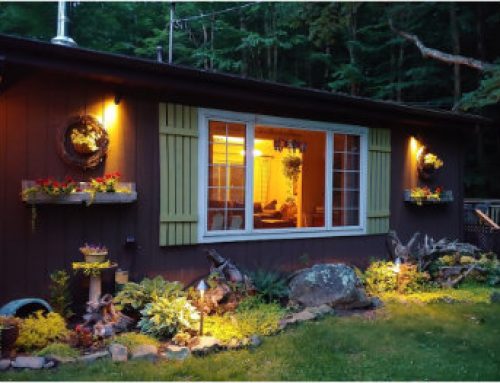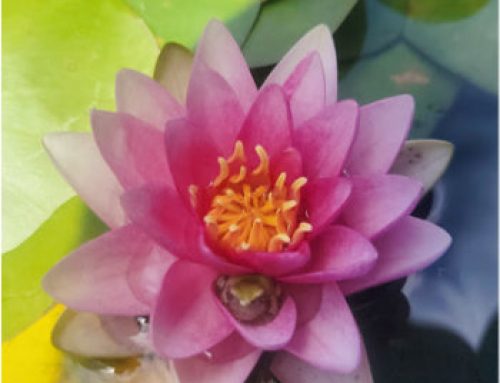
Adding fish to your pond does not have to be a difficult process, however, there are simple steps we can and should take to ensure your new aquatic pets can easily transition into their new home. In healthy conditions and with the proper care your fish can live for several years, but it will require simple, however consistent care.
No matter the type of fish you choose to add to your pond the process to acclimate them properly will be the same. Keep in mind the life span of the different types of fish that can live in your pond. Goldfish are typically more budget-friendly with a lifespan within the 5 – 10-year range. If you are planning on adding koi, they are oftentimes much more expensive and their price will often vary depending on their age and size, however, in healthy conditions they will usually have a lifespan between 25 – 35 years.
Prepping your pond for fish
Before we go ahead and start adding your fish, we need to make sure the pond conditions are a good habitat for them.
Healthy Water
Most pond owners typically use regular tap water to fill their pond, which is treated with chlorine and not the best conditions to immediately add new fish too. An easy solution is you can add any de-chlorinator which will detoxify the water of any harmful chemicals. The water will also de-chlorinate on its own within a week if you do not have access to a commercial de-chlorinate liquid.
Water temperature
You want to do your best to add your fish to water with similar temperatures to what they are already accustomed to. Water that is too hot or too cold and has terrible effects on them, so you want to gradually introduce them to the new water. Temperatures around 60 degrees Fahrenheit are best suited for adding fish. Any temperature differences 15-degrees and above can shock your fish.
Water depth
A shallow pond is not great conditions for fish, especially larger fish. It can really affect them in freezing winter temperatures, and it can make them easy prey for predators. At least 2 feet of depth is ideal for fish. During the winter, your fish will go dormant as temperatures significantly drop, they will spend most of their time near the bottom of your pond. If the water reaches freezing temperatures, you want to maintain some sort of air hole in the pond. A pond heater will be handy in keeping your pond from completely freezing over.
Aeration
It is important that your fish have enough oxygen. Most ponds have a waterfall that provides enough oxygen for their fish. This is the best type of oxygenator that provides airflow and water movement. However, if your pond does not have a waterfall you will absolutely need to add an aeration system that can provide enough oxygen for your fish.
Overcrowding
Having too many fish can compromise the health and wellness of your fish and of the entire pond ecosystem. Water can become murky from excess fish waste, which can also become toxic to your fish and result in fish deaths. Its also to be aware of your fish reproduce it may give you more fish than your pond can handle. If this happens you will likely need to find other homes for these extra fish. A typical rule for goldfish is 1 inch of fish per-square-foot of pond surface and for koi, the rule is ½ inch of koi per square foot of pond surface, because koi typically weight more than goldfish.
Time to add your fish
So, you have made sure your pond is healthy enough to add your fish. We want to make sure the transition is as easy as possible. If you have purchased your fish from a quality shop they have them in a large tightly sealed plastic bag with plenty of air inside.
Your first step is to gently float the bag in your pond so your fish may gradually adjust to the temperature of the water. Float the bag for at least 30 min and make sure to keep the bag out of direct sunlight to prevent overheating.
Once the water temperatures are close you can begin to introduce the pond water into the fish bag allowing the waters to mix. Close the bag tightly with plenty of air inside and keep it floating again out of the direct sun for another 15 – 30 min.
Once they have had a chance to adapt for the allotted time and if the fish look good, you can go ahead and release them into your pond. Open the bag and allow pond water to flow in and the fish to freely swim out. DO NOT DUMP your fish from the bag into the water, you want to gently release them while the bag is in the water.
CONGRATS! You have successfully added your fish to their new home!



